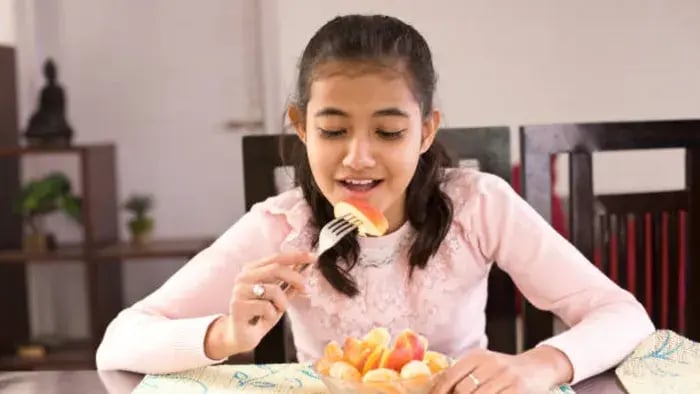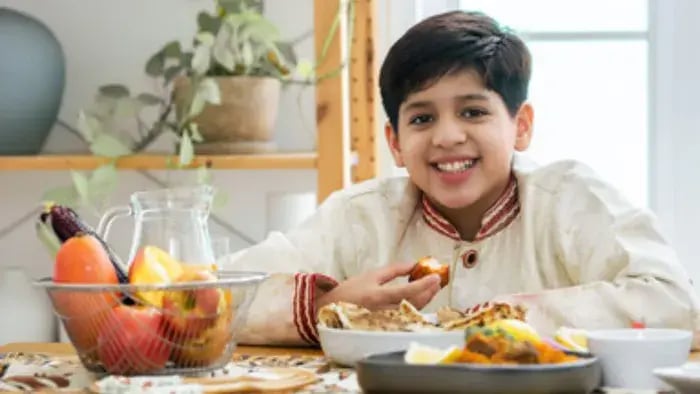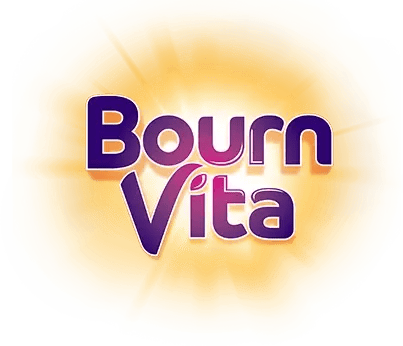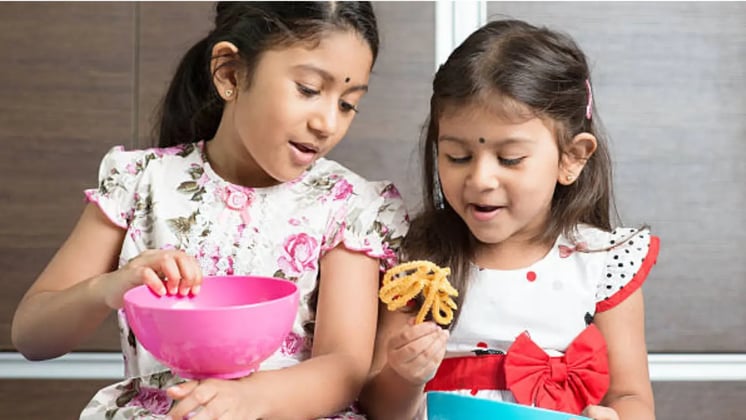- Whole Grains for Energy
- Proteins to Build and Repair
- Seasonal Vegetables for Vitamins and Fibre
- Fruits as Natural Treats
- Healthy Fats for Brain Development
- Dairy or Alternatives for Bone Strength
- Water and Hydrating Fluids
Introduction
A plate is more than a meal – it’s the foundation of your child’s growth, energy and overall well-being. In the early years, the body and brain are growing at a rapid pace and what your child eats daily can impact their focus, immunity, strength, and mood. That’s why it’s important to know what goes into a balanced meal for children.

The nutrition plate for kids should be colorful, diverse, and thoughtfully planned. It should have the right mix of carbs for energy, proteins for growth, healthy fats for brain development and fibre-rich fruits and vegetables for digestion. Along with that, hydration and essential nutrients like calcium, iron and vitamins should also be part of their daily diet. Balanced meals don’t have to be complicated – they just need to be consistent and rooted in whole, Indian ingredients already in most kitchens.
Small changes like choosing roti over packaged bread, offering seasonal fruits instead of sugary snacks, or including a bowl of dal in every lunch or dinner can make a big difference. With the right habits, children learn to listen to their hunger cues, eat mindfully and appreciate nutritious food.
A Complete Guide to Balanced Meals for Children
Whole Grains for Energy

Roti made from whole wheat, brown rice, jowar or poha gives your child the right fuel for the day. According to a study, PLoS Med. 2020, these grains are rich in fibre and don’t give sugar crashes. Instead of refined grains like white bread or maida-based foods, choose local, unpolished varieties that are easily digestible and better for long-term health.
Proteins to Build and Repair
It is important to include dal, paneer, eggs, chicken, tofu, or legumes like rajma and chole in your child’s plate. A study published in Nat Rev Neurosci 2010 states that protein-rich foods support muscle growth, cell repair, and brain function. If your child doesn’t consume dairy or meat, soya chunks, sprouts, and peanuts are great alternatives. A palm-sized portion in every meal keeps their protein needs covered.
Seasonal Vegetables for Vitamins and Fibre
Fresh vegetables like carrots, lauki, spinach, beans, bhindi, and pumpkin not only add color to the plate but, according to ISTI Portal- Basics of Nutrition, they also supply essential vitamins like A, C, and folate. Cook them lightly to retain nutrients and make your child eat at least two vegetables daily, either in sabzis, parathas, or simple stir-fries.
Fruits as Natural Treats
Seasonal fruits like banana, mango, papaya, guava and watermelon make perfect snacks or meal additions. As per a study published in Adv Nutr 2012, they provide natural sugars, hydration and important nutrients like potassium and antioxidants. Serve fruit as it is, not as juice so your child gets all the fibre along with the taste.
Healthy Fats for Brain Development
A spoonful of ghee on roti or a drizzle of cold-pressed mustard oil in sabzi helps absorb vitamins and keep your child full. Research done by Matern Child Nutr 2011, suggests that nuts like almonds and walnuts or seeds like flax and chia also provide healthy fats for brain development. For children with lactose intolerance, nut-based milks can be used in moderation as a base for smoothies or porridge.
Dairy or Alternatives for Bone Strength
According to FSSAI, full-fat milk, curd, paneer, or buttermilk give your child calcium and vitamin D. These are essential for strong bones and teeth. If your child is lactose intolerant, use fortified soy milk, ragi porridge, or sesame-based laddoos for similar benefits.
Water and Hydrating Fluids
Plain water, nimbu paani, coconut water, or chaach (buttermilk) are great additions to every meal. A study done by Treasure Island 2025 suggested to avoid packaged juices and aerated drinks. Encourage sips throughout the day, especially during hot summer months or after physical activities.
Conclusion

Helping your child build a healthy plate is one of the most valuable habits you can nurture early in life. When you focus on whole grains, protein, colourful vegetables, seasonal fruits, healthy fats, and hydration, you offer more than just food—you offer strength, focus, and emotional balance. Balanced meals don’t have to be fancy or expensive; they just need to be thoughtful and consistent. By teaching your child to enjoy a mix of familiar and nourishing Indian foods, you guide them toward lifelong wellness, one plate at a time.
Her love for storytelling began with reading her grandfather’s speeches, where Tarishi saw the power of words in creating lasting memories. Combining her passions for food and writing, she has turned her life into a fulfilling path of sharing stories that celebrate flavours and how food brings communities together.
The views expressed are that of the expert alone.
The information provided in this content is for informational purposes only and should not be considered a substitute for professional medical advice, diagnosis, or treatment. Always seek the advice of your physician or another qualified healthcare provider before making any significant changes to your diet, exercise, or medication routines.
References
https://www.ncbi.nlm.nih.gov/books/NBK436022/
https://fortification.fssai.gov.in/commodity?commodity=fortified-milk
https://pmc.ncbi.nlm.nih.gov/articles/PMC6860654/
https://pmc.ncbi.nlm.nih.gov/articles/PMC3649719/
https://www.indiascienceandtechnology.gov.in/home-garden/basics-nutrition
















